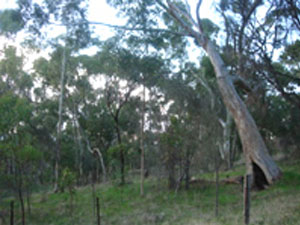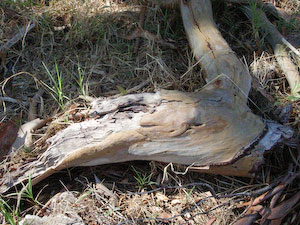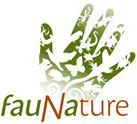 Native bushland provides places for many different species to live, so if we are to enhance urban spaces or perhaps even replicate such natural environments; several elements need to be considered. Typically, there are five structural layers in native bushland:
Native bushland provides places for many different species to live, so if we are to enhance urban spaces or perhaps even replicate such natural environments; several elements need to be considered. Typically, there are five structural layers in native bushland:
- Canopy: large trees (e.g. gums) which due to their size provide resources to a vast array of animals. They also provide shade and/or dappled light and very importantly natural hollows.
- Large shrubs: (e.g. Acacias or Banksias) provide shelter as well as rich sources of nectar and insects.
- Small shrubs: (e.g. Saltbush or Correas) as for large shrubs, but typically with increased plant diversity.
- Ground cover: the greatest natural plant diversity is typically seen in this layer, which contributes to a rich insect fauna and in turn the diversity of many vertebrate species. Unfortunately, it is also one of the layers that can disappear in a manicured or overly tidy garden.
- Leaf-litter: is a layer that reduces the loss of moisture and harbours decomposers such as bacteria and fungi which return vital nutrients to the soil. A wide range of invertebrate species live in this zone and many birds, mammals, lizards and frogs forage here because of its rich offerings.
The more layers you have in your wildlife garden – the higher the number of potential habitats, or places for native species to live.
If you only have a small space for planting, think about the other resources wildlife may have available to them: a local park, a creek, bushland or consider combining your area with that of an adjoining neighbour(s) to increase the effective size of the resource, its value to wildlife and potentially your enjoyment!

Another essential component of ground cover includes the physical assets within your garden. Rocks, hollow logs or wood piles all provide additional habitat for insects, lizards and possibly frogs, as well as bacteria and fungi, which in turn contribute to the health of your garden.
